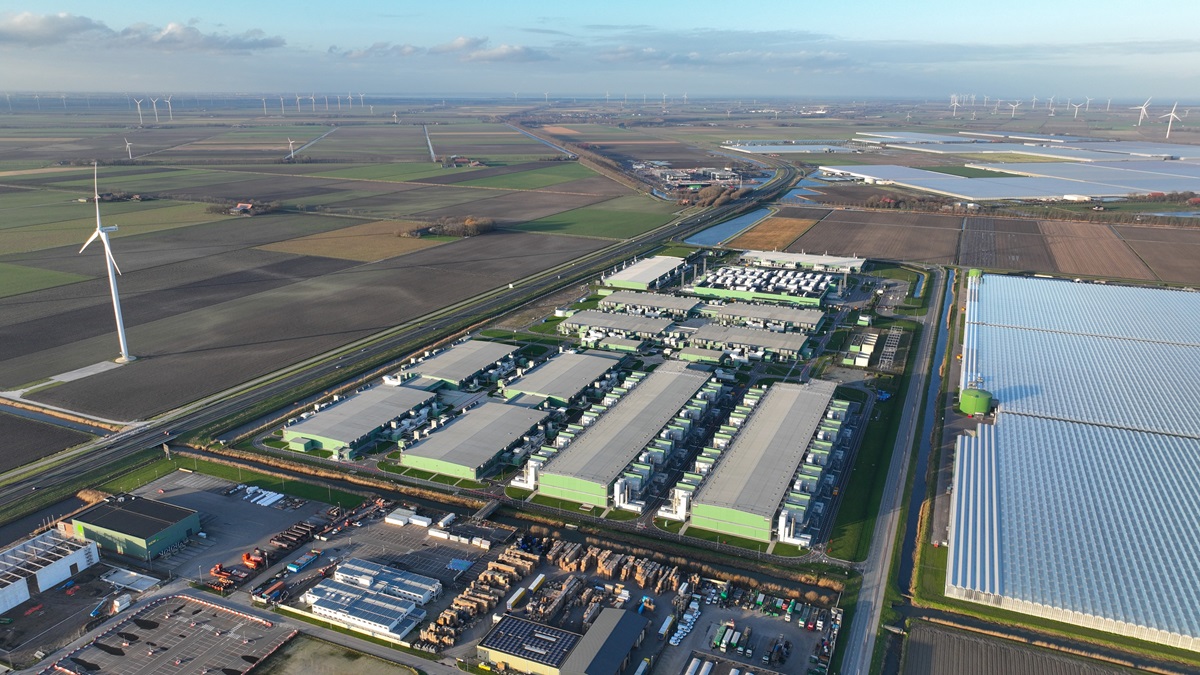
Global foreign direct investment falls for the second consecutive year, posing acute challenges to developing countries
UN Trade and Development alerts that uncertainty is affecting global investment and warns of the impact insufficient financing has on developing countries to achieve the 2030 Agenda.
Global foreign direct investment (FDI) fell by 11%, marking the second consecutive year of decline and confirming a deepening slowdown in productive capital flows, according to the World Investment Report 2025, released today by UN Trade and Development (UNCTAD) on 19 June.
Although global FDI rose by 4% in 2024 to $1.5 trillion, the increase is the result of – among other factors – volatile financial conduit flows through several European economies, which often serve as transfer points for investments.
The report comes ahead of the 4th International Conference on Financing for Development (FfD4), where global leaders will address the widening gap between capital flows and development needs. The findings underscore the urgency of reshaping investment and finance systems to support inclusive and sustainable growth.
In 2024, investment dropped sharply across developed economies, particularly in Europe. In developing countries, inflows appeared broadly stable – but this concealed a deeper crisis. In too many economies, capital is stagnating or bypassing entirely sectors that matter the most – infrastructure, energy, technology and industries that drive job creation.
“Too many economies are being left behind not for a lack of potential – but because the system still sends capital where it’s easiest, not where it’s needed,” said UN Trade and Development Secretary-General Rebeca Grynspan.
“But we can change that. If we align public and private investment with development goals and build trust into the system, domestic and international markets will bring scale, stability and predictability. And today’s volatility can become tomorrow’s opportunity.”
Fragmentation and volatility continue to distort investment flows
The investment landscape in 2024 was shaped by geopolitical tensions, trade fragmentation and intensifying industrial policy competition. These dynamics, combined with elevated financial risk and uncertainty, are redrawing global investment maps and eroding long-term investor confidence.
Multinational companies increasingly prioritized short-term risk management over long-term strategies, particularly in sectors sensitive to national security, supply chain reconfiguration and shifting trade policies.
Uneven resilience across regions
The decline was largely driven by a 22% drop in FDI to developed economies, including a 58% plunge in Europe. North America bucked the trend with a 23% increase, led by the United States.
In developing economies, regional trends diverged:
- Africa saw FDI rise 75%, driven by a single large project in Egypt. Excluding that, inflows still rose 12%, supported by investment facilitation and regulatory reform.
- Asia remained the world’s top FDI recipient, despite a modest 3% decline. Countries in Southeast Asia posted a 10% rise, reaching $225 billion — the second-highest level on record.
- Latin America and the Caribbean experienced a 12% decline in total flows, though greenfield project announcements rose in key markets such as Argentina, Brazil and Mexico.
- The Middle East maintained strong inflows, bolstered by economic diversification in the Gulf region.
Among structurally vulnerable economies, FDI flows were mixed. Inflows rose in least developed countries (+9%) and small island developing states (+14%) but fell 10% in landlocked developing countries. In all three groups, investment remained highly concentrated in just a few countries.
Development-critical sectors face declining investment
While greenfield investment values held steady, international project finance – often crucial for infrastructure – fell by 26% in 2024. The drop was especially steep in sectors critical to achieving the Sustainable Development Goals: renewable energy (-31%), transport (-32%) and water and sanitation (-30%).
FDI in the digital economy grew 14%, led by information and communication technology manufacturing, digital services and semiconductors but this growth remained heavily concentrated. Ten countries accounted for 80% of all new digital projects, leaving many developing economies excluded from the digital boom due to persistent infrastructure, regulatory and skills gaps.
The report warns that current levels of investment fall far short of global needs. Closing the financing gap for sustainable development alone would require an estimated $4 trillion per year in developing countries – a target that is becoming more distant.
Calling for smarter capital and coordinated reform
As global investment patterns shift, UN Trade and Development warns that reversing the downturn requires not just more capital, but smarter capital – long-term, inclusive and aligned with sustainable development. Nowhere is this more urgent than in the digital economy, where gaps in infrastructure, skills and policy risk leaving many countries behind.
To help developing economies attract transformative FDI in digital industries, the report calls for bold reforms and coordinated action. UN Trade and Development proposes a multilateral agenda focused on seven priority areas, namely:
- Improving data and artificial intelligence governance to support sound digital development strategies.
- Developing policy toolkits tailored to digital investment needs in developing countries.
- Advancing global rules for digital trade and investment through multilateral dialogue.
- Strengthening digital infrastructure through global partnerships and blended finance.
- Building innovation ecosystems and supporting university-industry collaboration.
- Enhancing digital skills through targeted education, training and entrepreneurship.
- Promoting responsible digital investment by managing risks and advancing sustainability standards.
Only by reshaping the rules and incentives that guide global capital can countries unlock leapfrog opportunities, close the digital divide and turn today’s volatility into tomorrow’s development gains.




